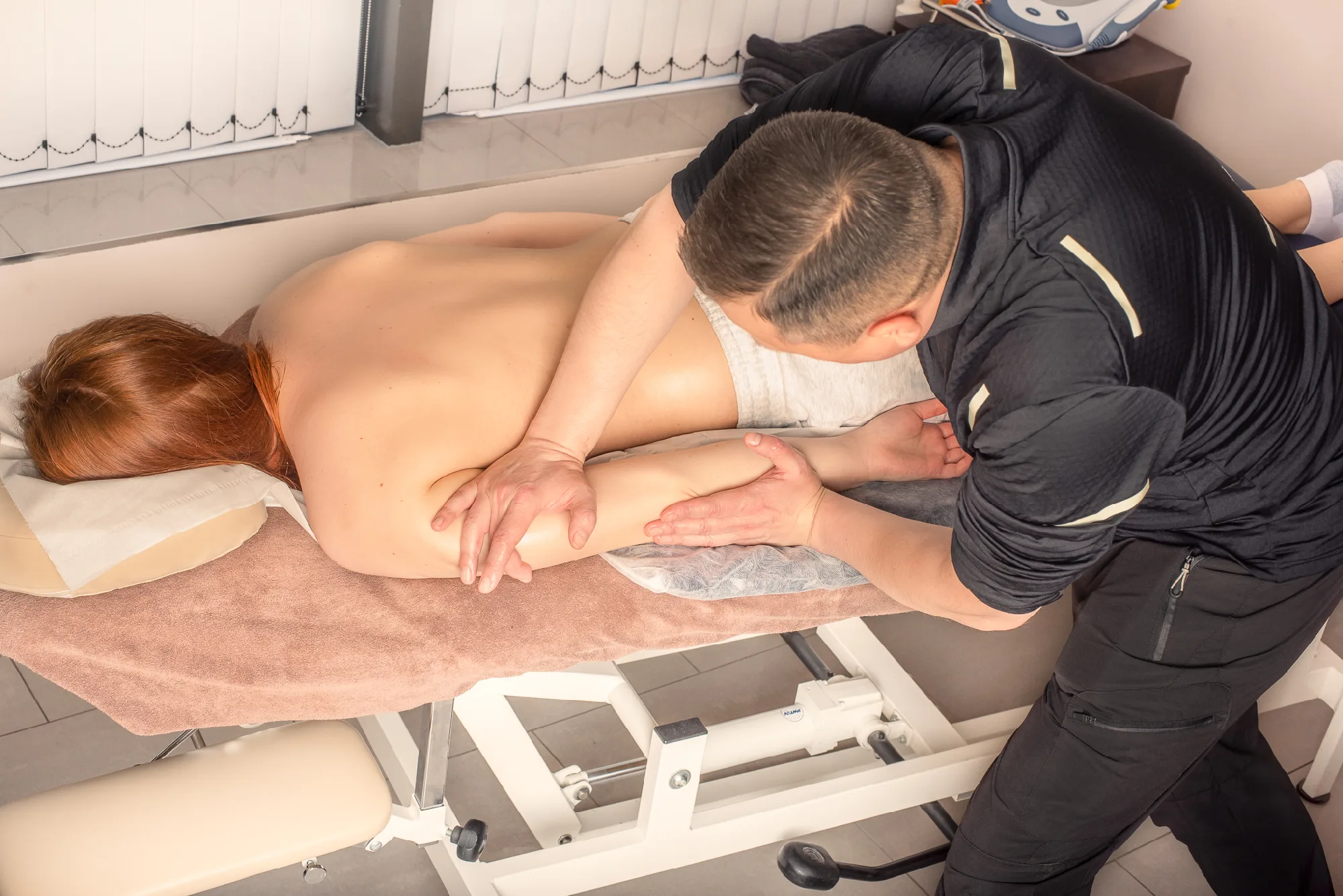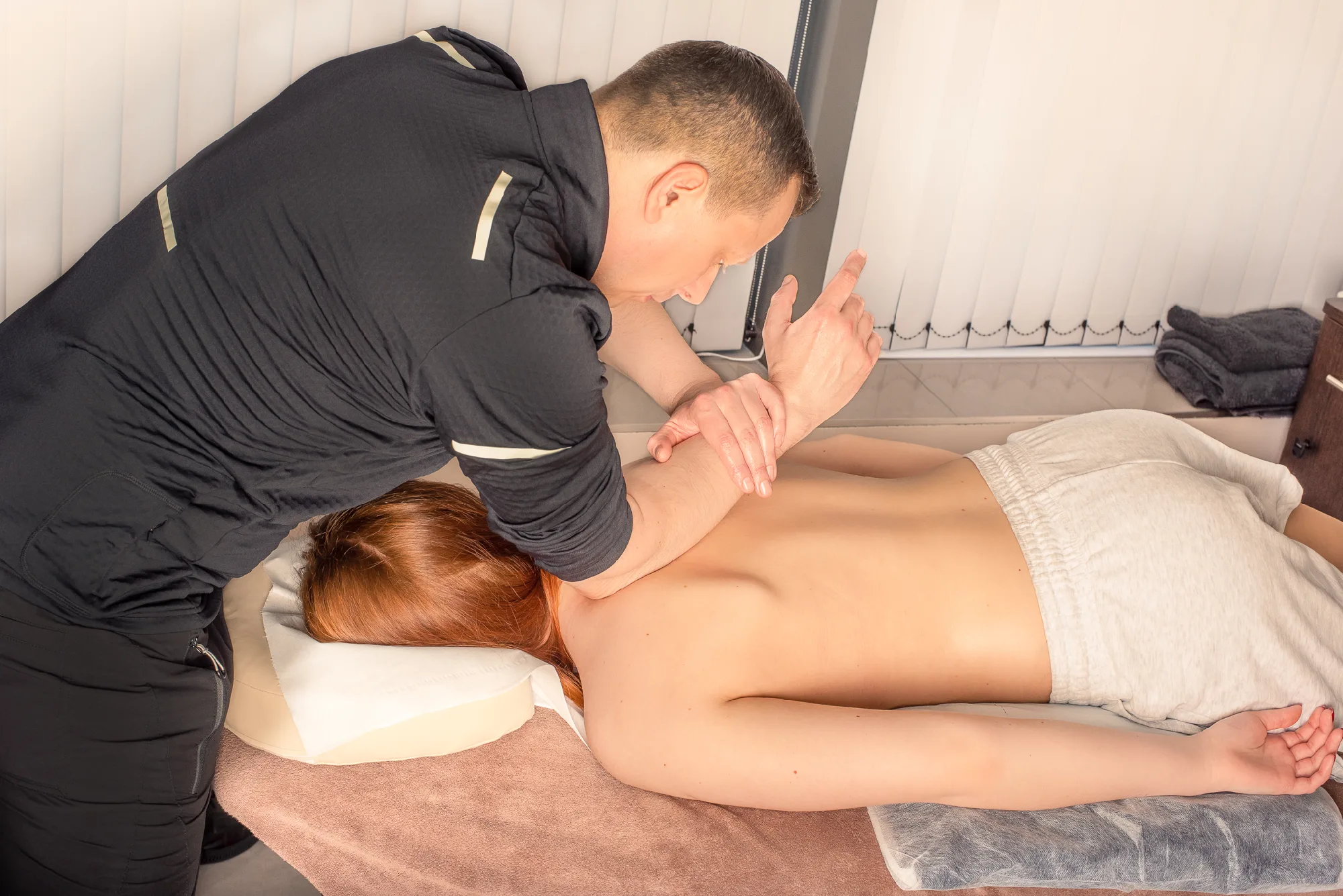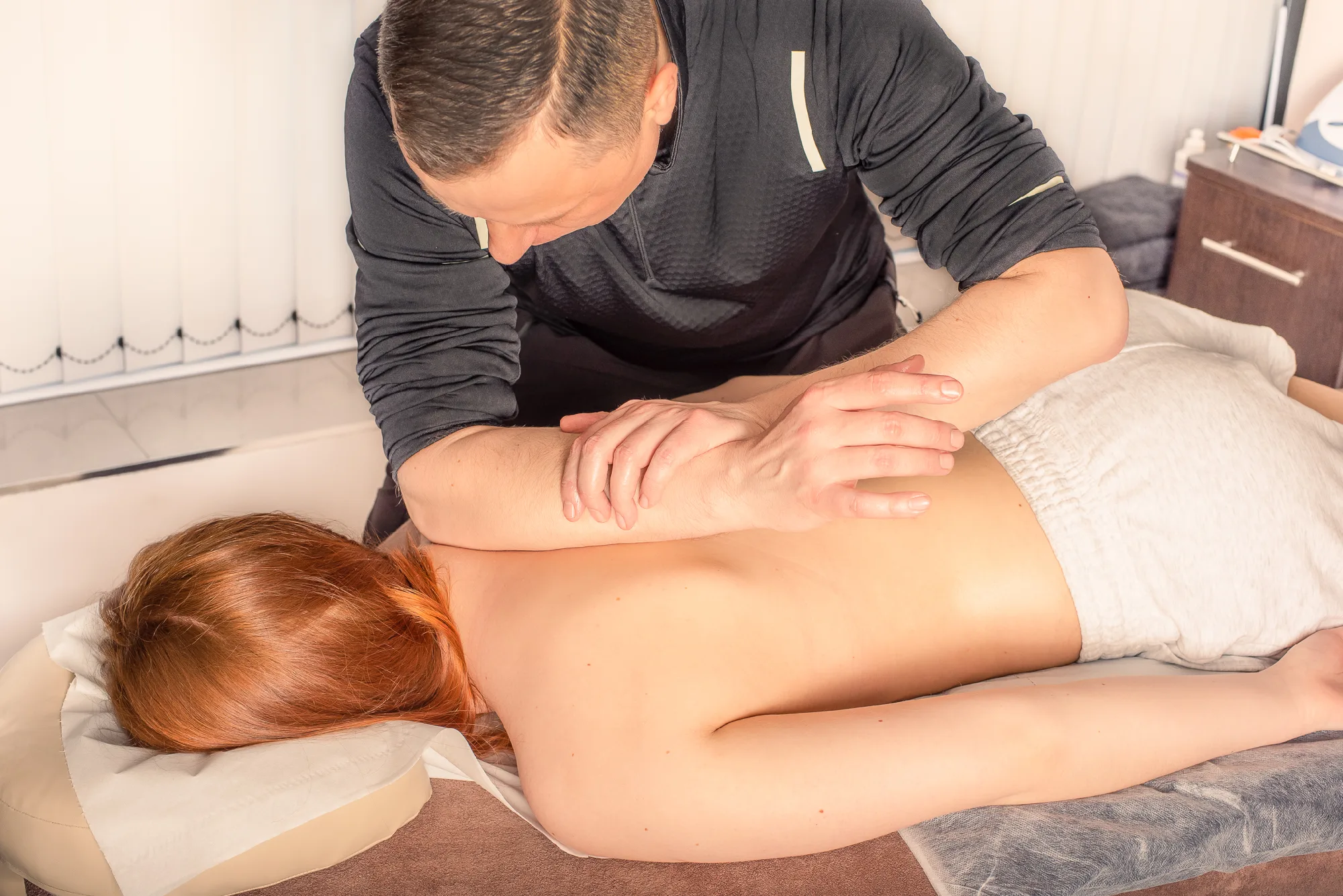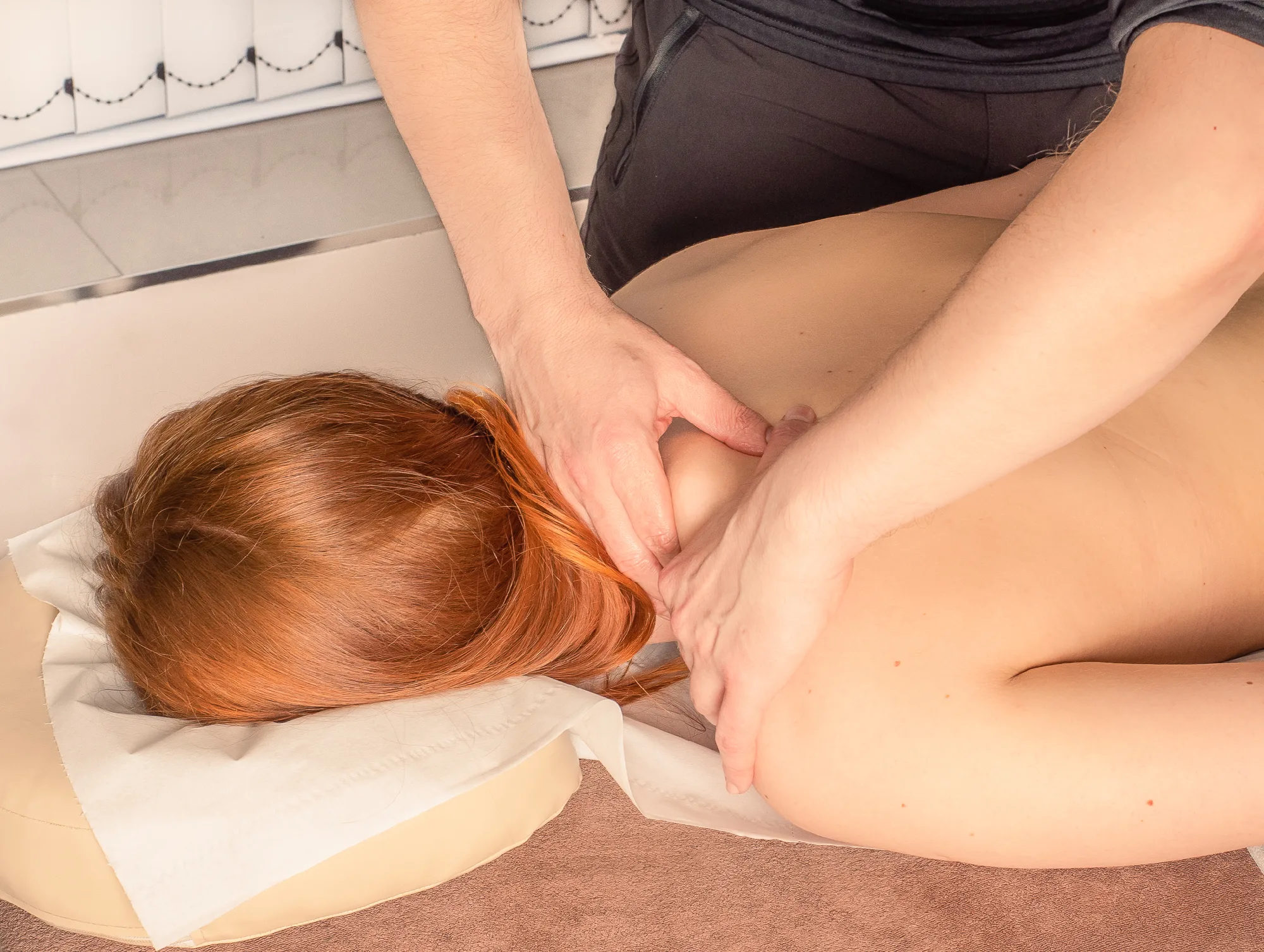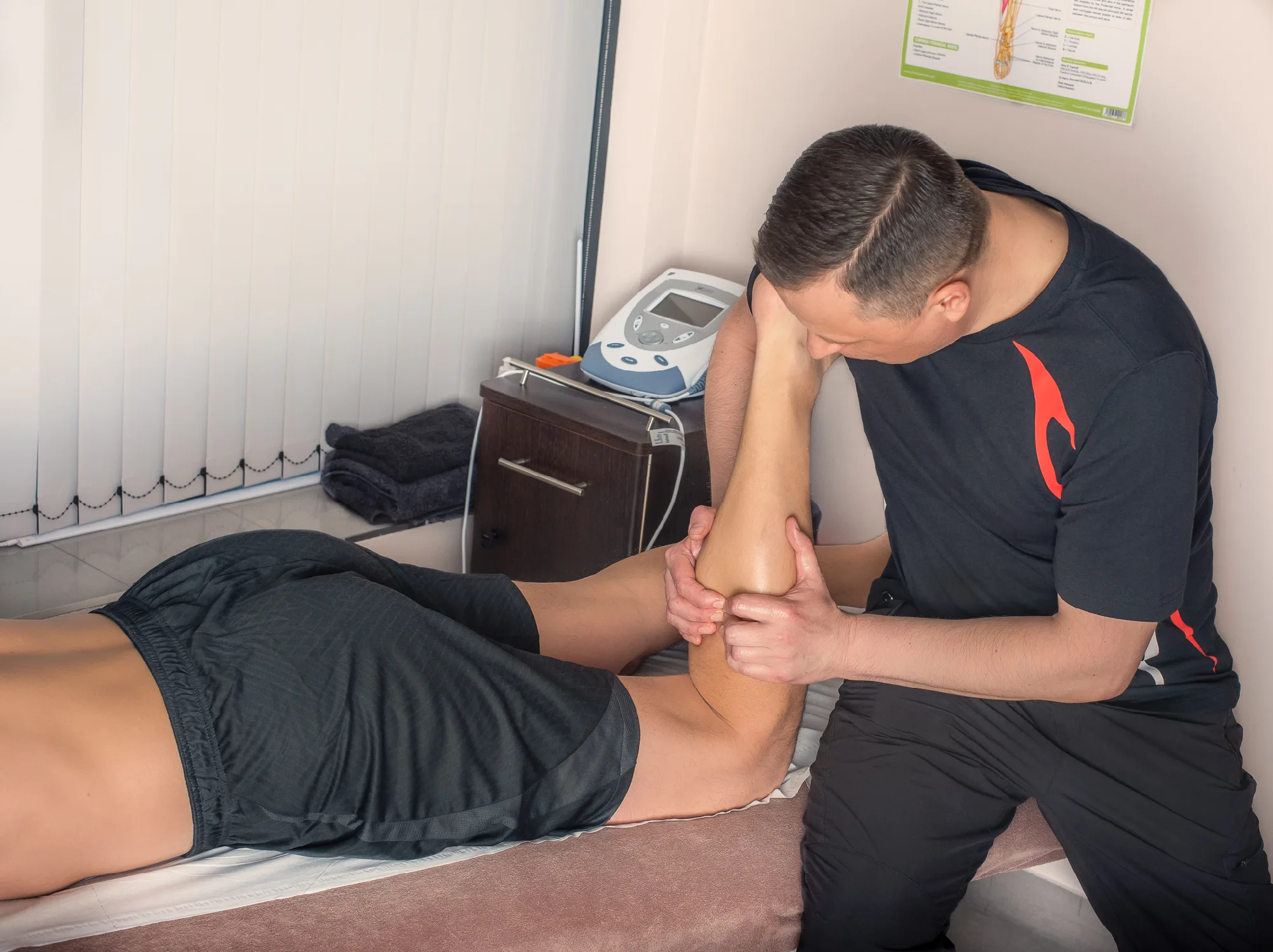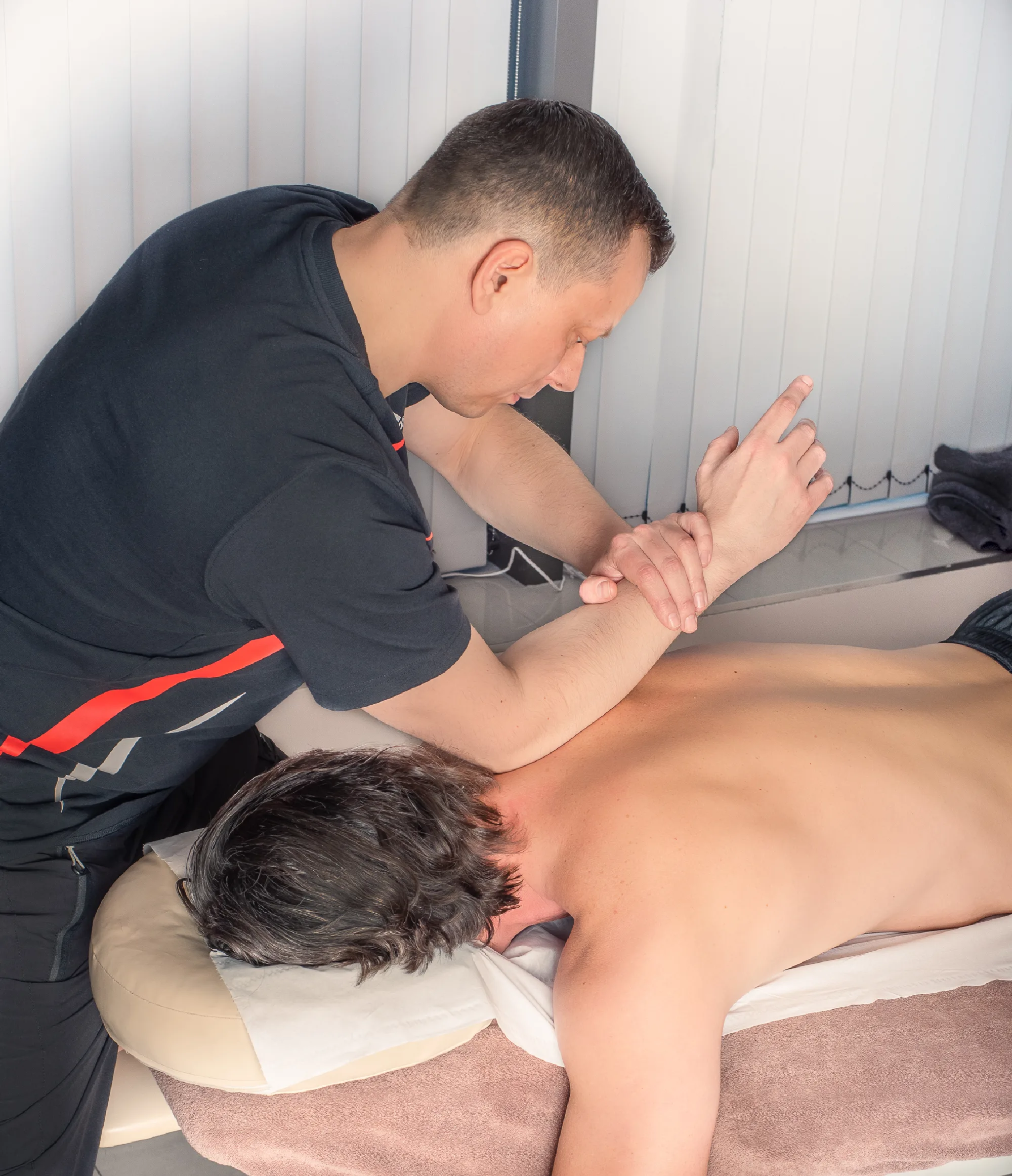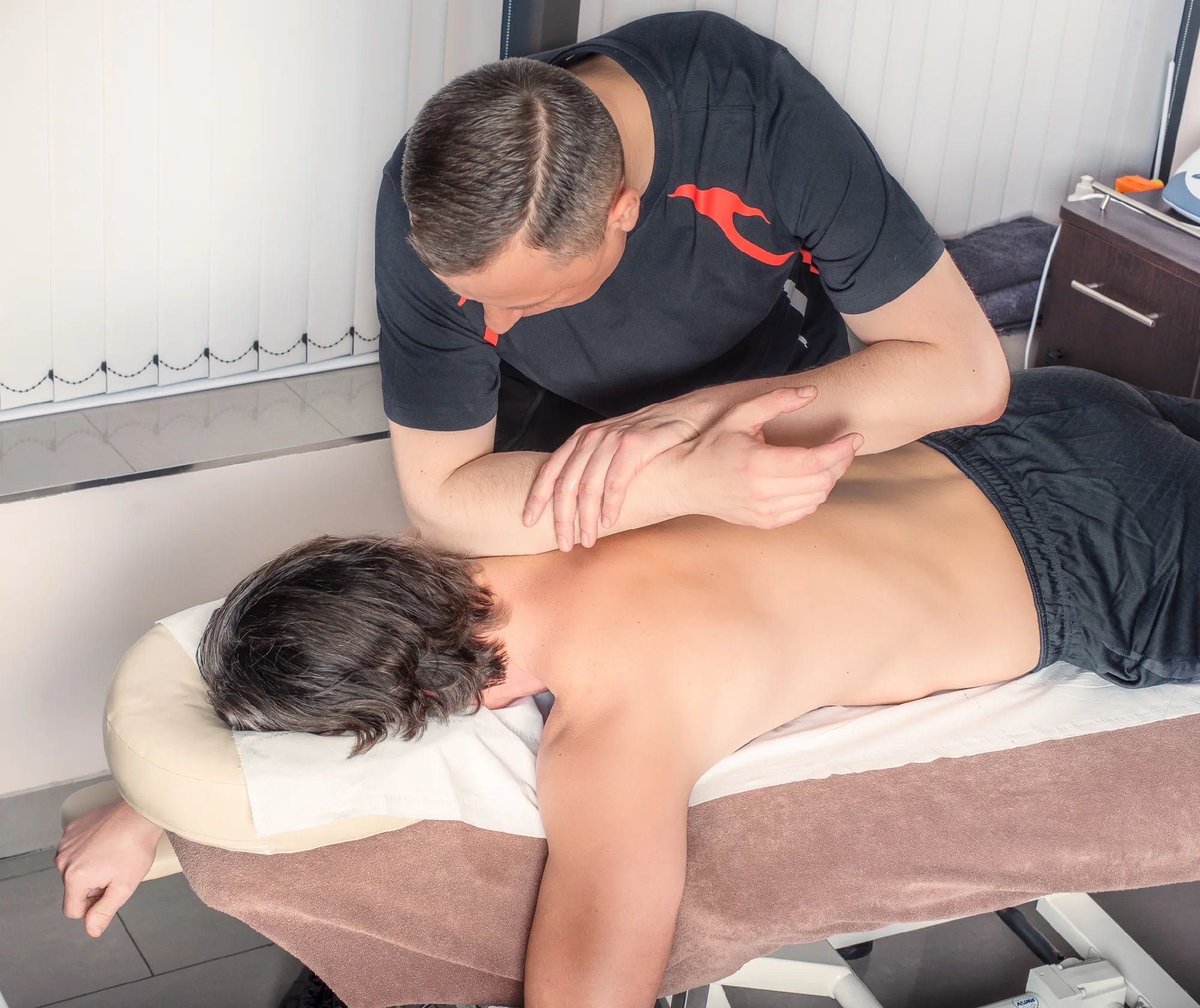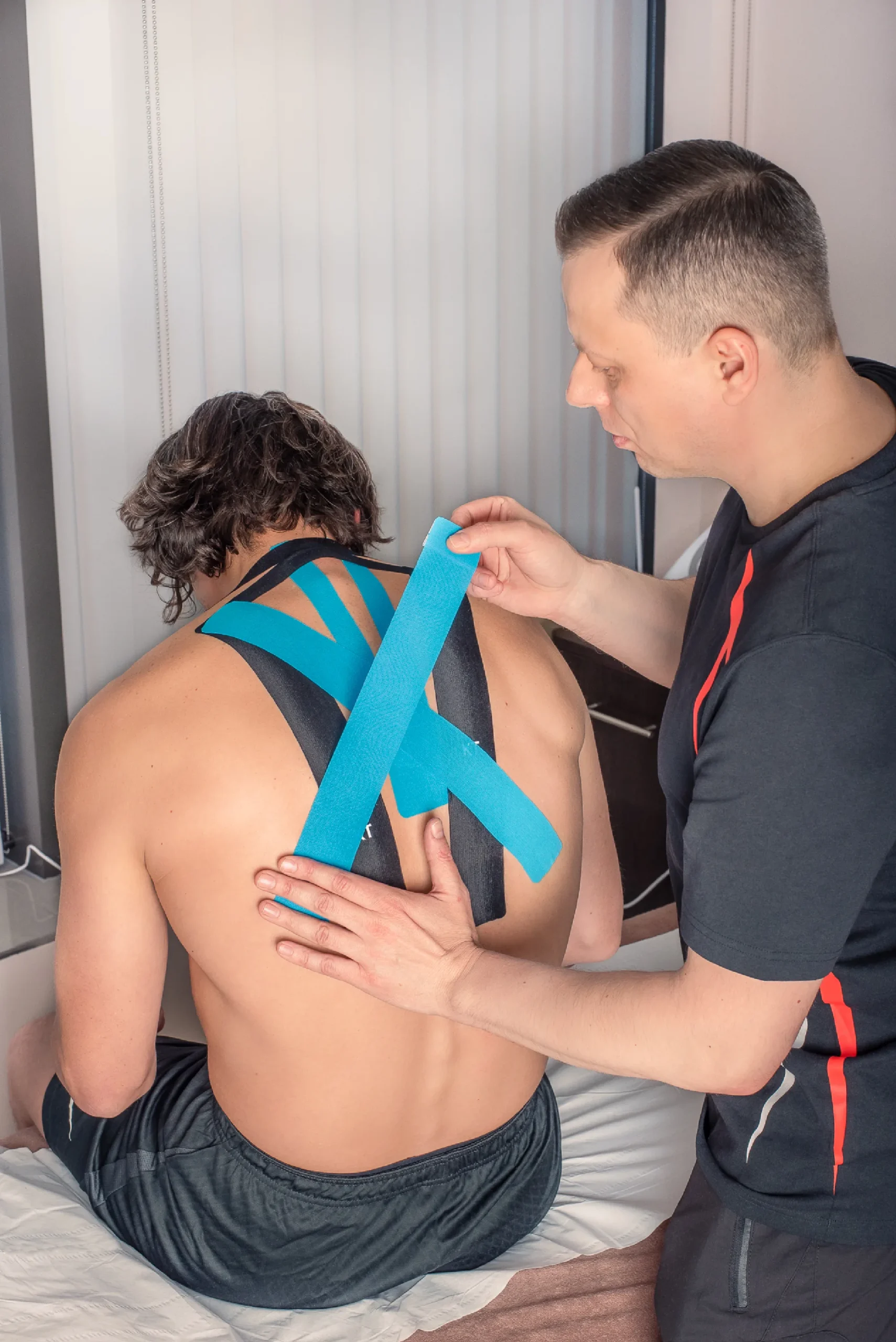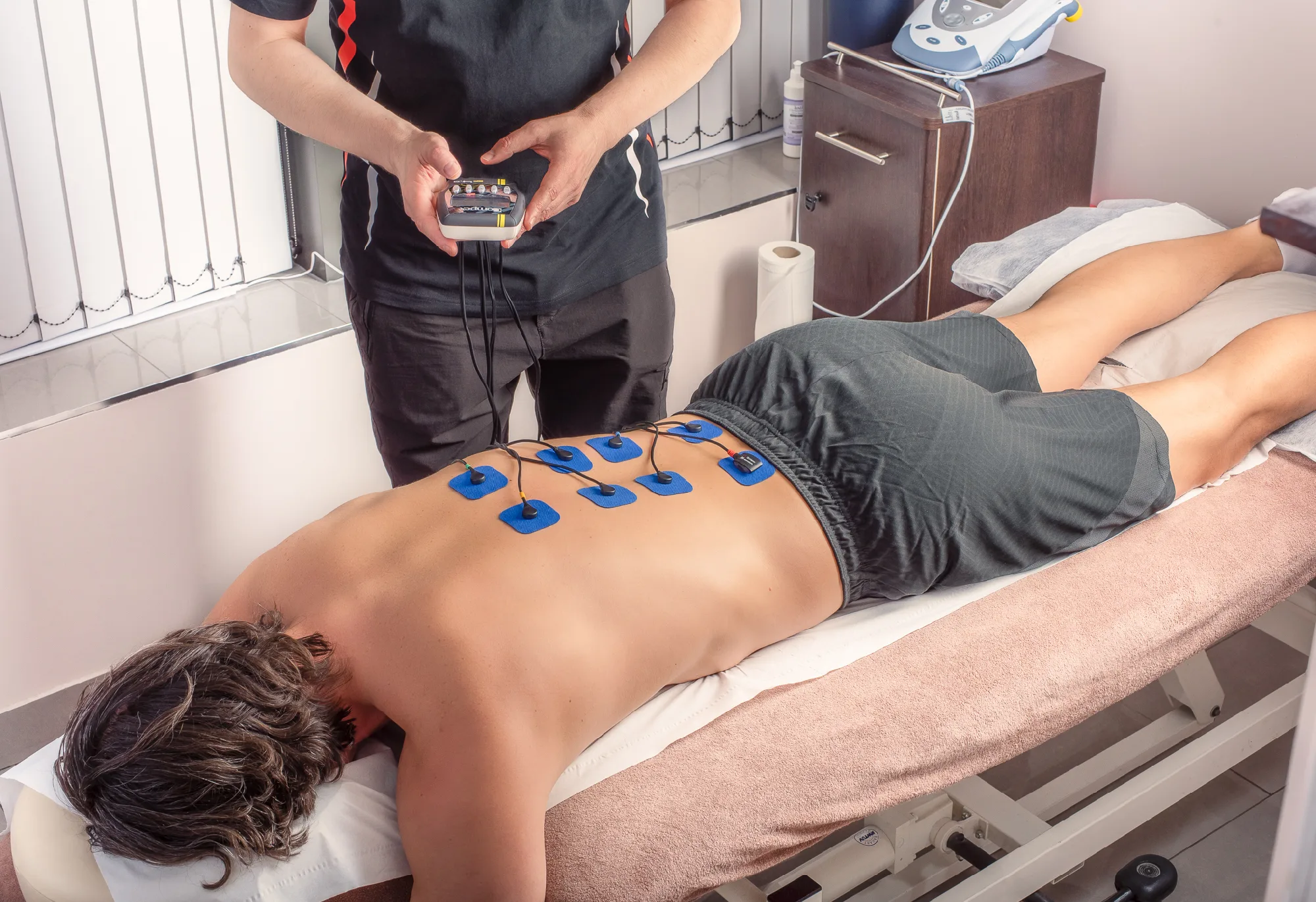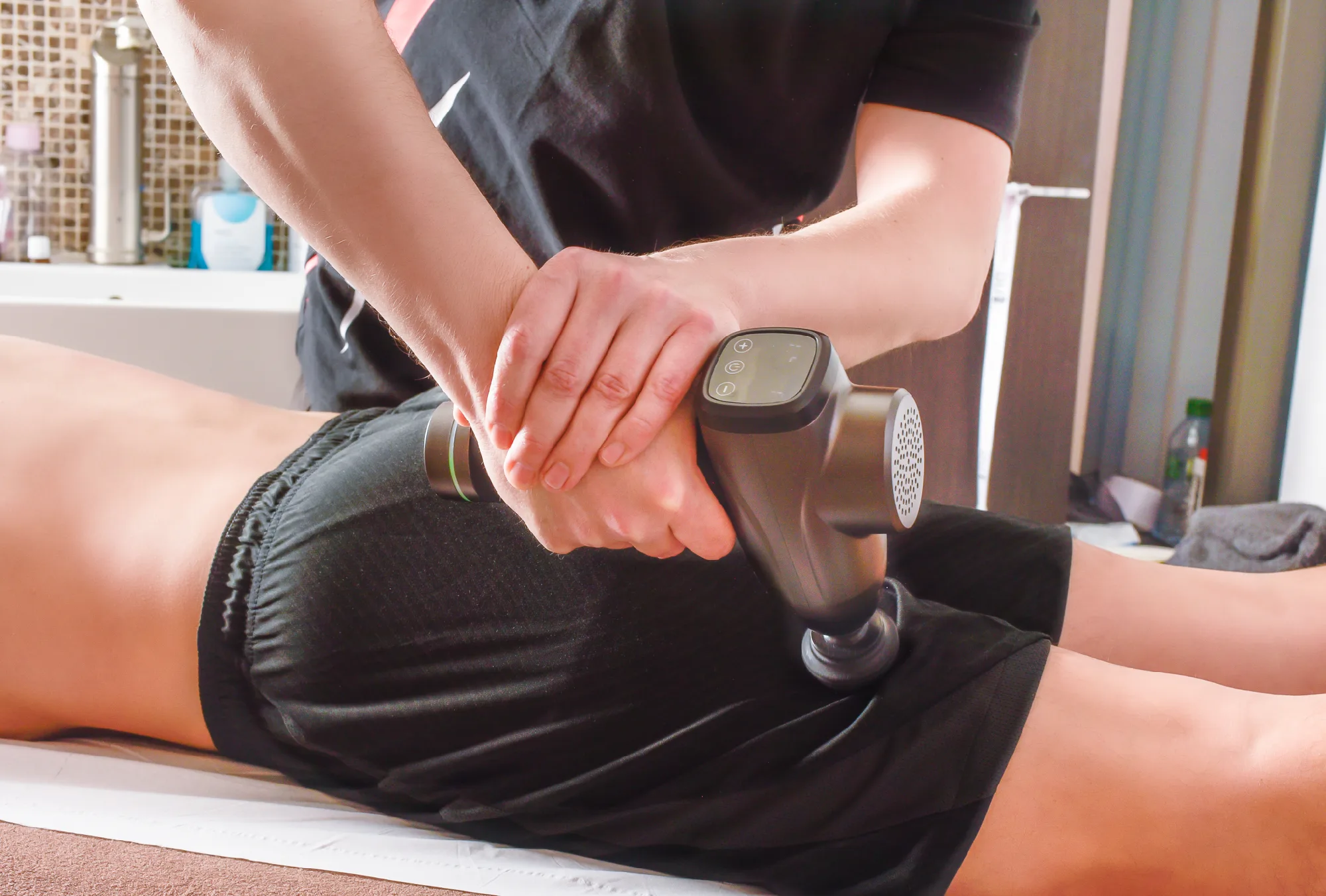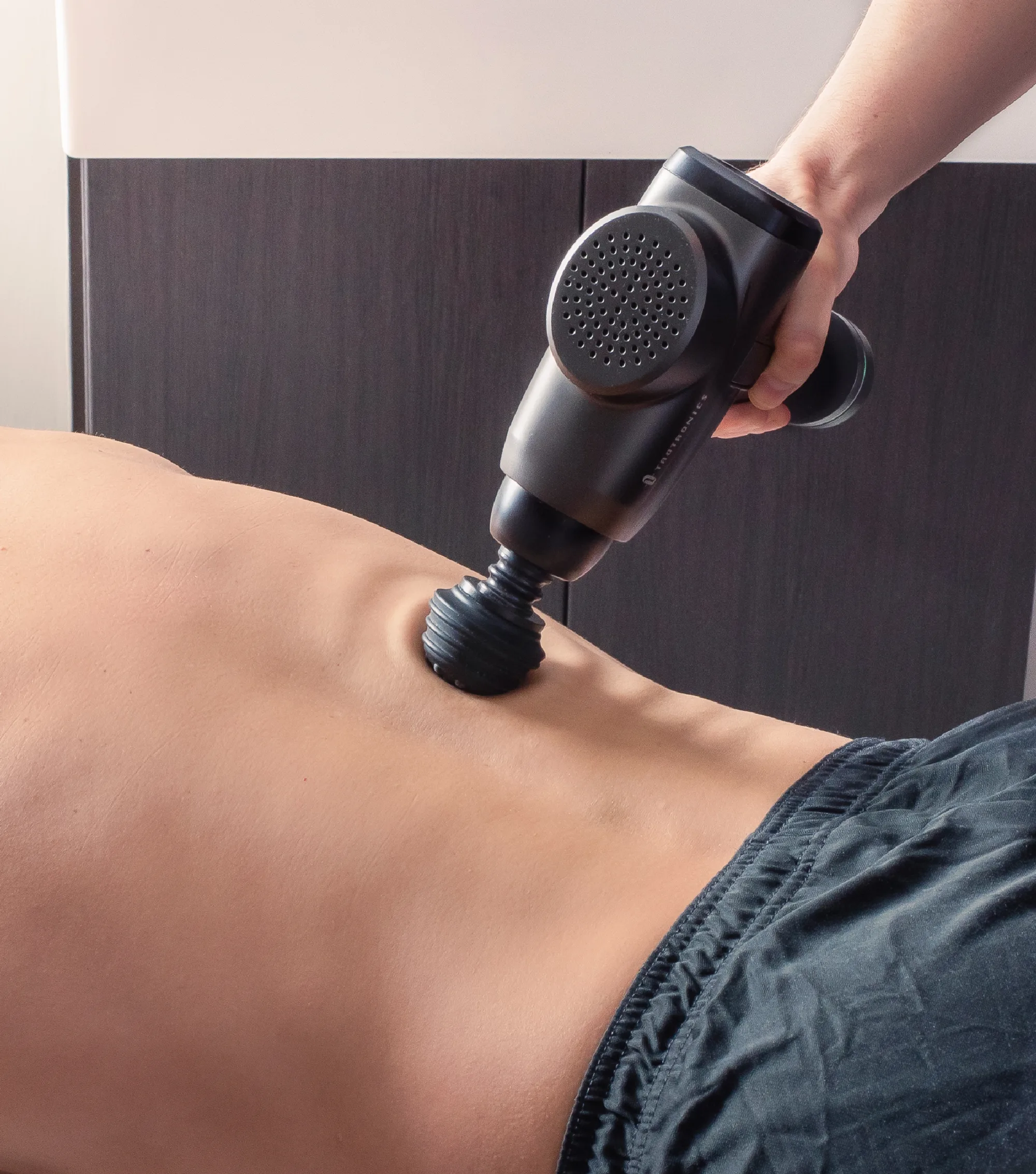Kinesiology taping
Kinesiology taping is a therapeutic taping method developed by Japanese chiropractor Kenzo Kase. The method involves taping over and around muscles in order to enhance proprioception by stimulating cutaneous mechanoreceptors and provide functional stimulation, mechanical correction or support to the joints without restricting a healthy range of motion, release fascia and normalize fascia and muscle tension, redirect stress to other muscles and ligaments, reduce pain, swelling, improve blood circulation and lymphatic drainage and metabolism during the inflammatory process.


